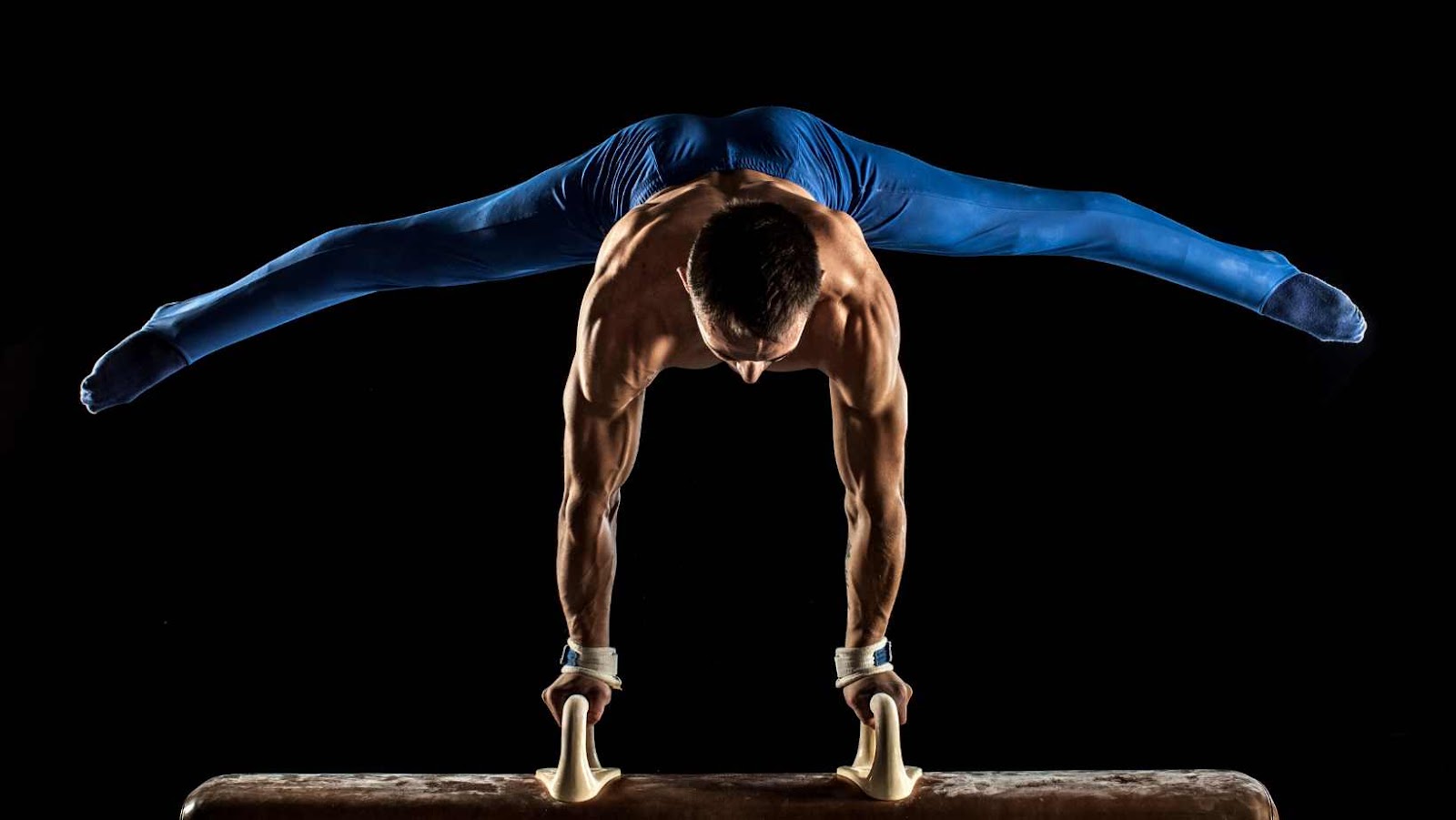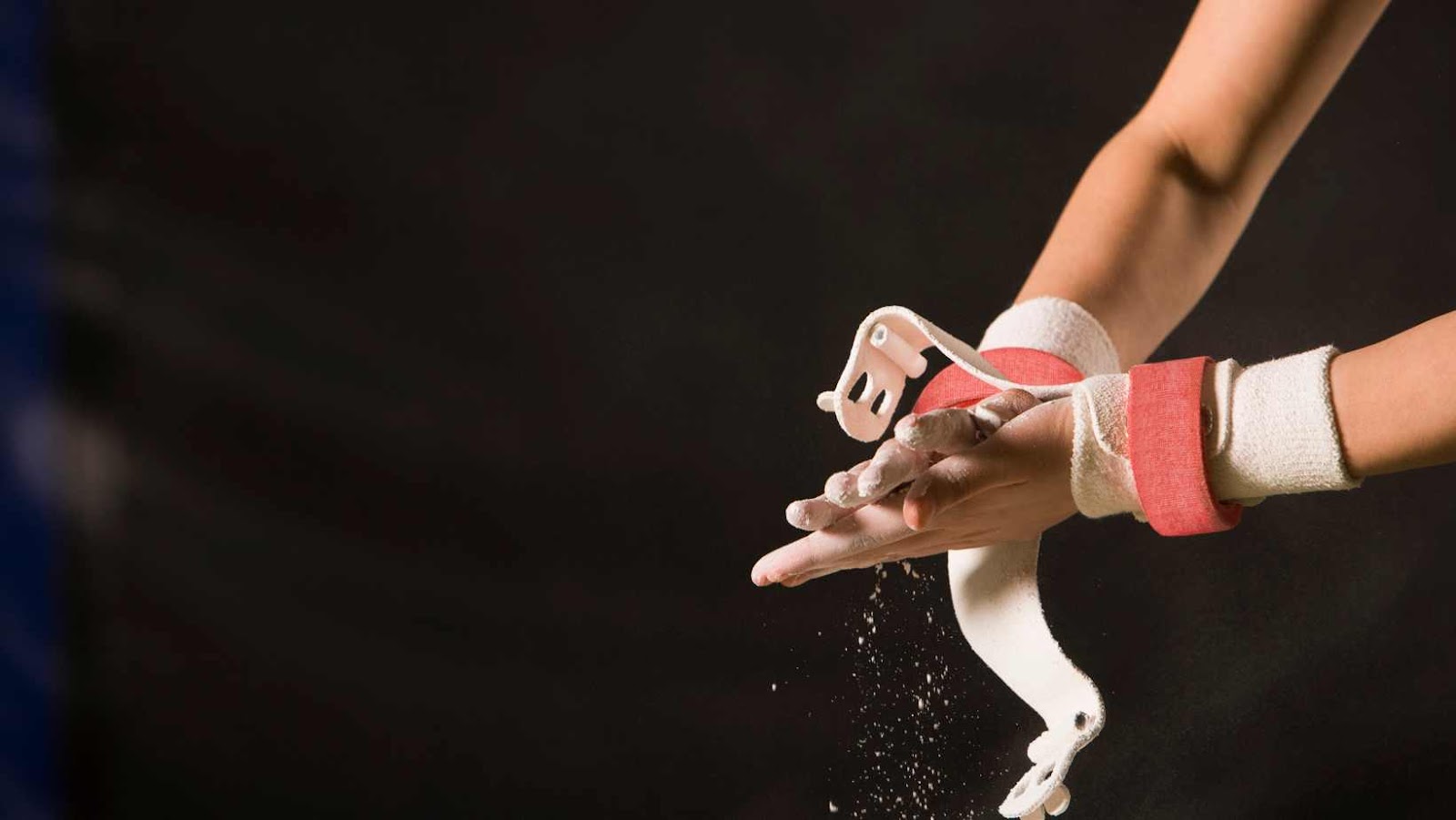There are several mens vs womens gymnastics events, but what are the actual differences between the two? For the most part, the differences between men’s and women’s gymnastics are quite small. However, there are a few key areas where men’s and women’s gymnastics differ, most notably in the types of events that are contested and the scoring system used.
Mens Vs Womens Gymnastics Events
The sport of gymnastics originated in ancient Greece, where it was used as a method of training for military service. The first recorded competition was held in 708 BC, during the Ancient Olympic Games. At that time, only men were allowed to compete; women’s gymnastics did not become an official Olympic sport until 1928.
There are significant differences between men’s and women’s gymnastics. Men’s gymnastics events include floor exercise, pommel horse, still rings, vault, parallel bars, and horizontal bar; women’s events are floor exercise, vault, uneven bars, and balance beam. The scoring system is also different; in men’s gymnastics, the top score is a 10.0, while in women’s it is a perfect score of 20.00. The equipment used in both men’s and women’s gymnastics has changed significantly over the years. In the early days of the sport, competitors used only their bodyweight for resistance; today, both men and women use a variety of apparatus to help them train and compete. Men’s apparatus includes the floor exercise mat, pommel horse, still rings, vault table, parallel bars, and horizontal bar; women use the floor exercise mat, vault table, uneven bars (consisting of two parallel bars of different heights), and balance beam.
Men’s Gymnastics
Men’s gymnastics consists of six different events: floor, pommel horse, still rings, vault, parallel bars, and horizontal bar. In the past, men’s gymnastics was often considered to be a more difficult sport than women’s gymnastics. This is because the men’s events require more strength and power than the women’s events.
Events
There are six men’s events and four women’s events in gymnastics. The men’s events are floor, pommel horse, still rings, vault, parallel bars, and horizontal bar. The women’s events are floor, vault, balance beam, and uneven bars.
Floor Exercise
Floor exercise is an event that is executed on a spring floor. The floor should have a minimum dimensions of 14m x 7m, but no more than 16m x 8m. The floor must be covered with foam matting that is a minimum of 5 cm thick. The matting must have a spring value not exceeding 9.6 N/mm (56 lb/ft).
Pommel Horse
The pommel horse is an apparatus used in men’s gymnastics. It consists of a circular metal frame, with a handle attached to one side and two supports for the feet on the other. The gymnast wields the handle with one hand and propels himself around the frame, performing various manoeuvres with his feet. The pommel horse is unique to men’s gymnastics, as there is no equivalent apparatus in women’s gymnastics.
Rings
Rings is an event in men’s artistic gymnastics. The ring apparatus consists of two parallel horizontal bars suspended by vertical ropes. The gymnast grips the ropes with his hands and performs various aerobatic manoeuvres. Rings is one of the six men’s events contested in artistic gymnastics at the Olympic Games. It was first added to the men’s program at the 1896 Summer Olympics, making it one of the oldest Olympic sports. Rings was also an event at the World Artistic Gymnastics Championships for men since 1934.
Differences Between Men’s and Women’s Gymnastics Events
The main difference between men’s and women’s gymnastics is that men focus on power and strength, while women focus on grace and flexibility. Because of this difference, the events in which they compete are also different. Men typically compete in six events: floor, pommel horse, still rings, vault, parallel bars, and horizontal bar. Women typically compete in four events: floor, vault, balance beam, and uneven bars.

Vault
The vault is a gymnastics apparatus used by both men’s and women’s teams. It consists of a long, narrow runway connected to a springboard. The athlete runs down the runway, jumps onto the springboard, and then performs an acrobatic move before landing on the vaulting horse.
The vault has been part of the men’s gymnastics program since the inception of the sport in the late 19th century. Women’s gymnastics was not added as an Olympic sport until 1952, and the vault was not added to the women’s program until 1964.
One of the major differences between men’s and women’s gymnastics is the level of difficulty required for each event. In general, men’s gymnastics events require more strength and power, while women’s events require more grace and flexibility. This difference is most evident in the vault, where men are required to perform more difficult skills than women.
Parallel Bars
The pommel horse is an artistic gymnastics apparatus and is one of the five pieces of equipment used in men’s gymnastics. It is circular, with two handles coming out of the top and a leather-covered body. The pommel horse is set so that it is slightly higher off the ground than a standard horse is. The body of the apparatus is generally made out of wood, while the handles and posts are made out of metal. The pommel horse has been around since ancient Greece, and it was originally used as a training tool for cavalry soldiers. The pommel horse is considered to be one of the most difficult pieces of equipment in men’s gymnastics. This is because it requires a great deal of strength, coordination, and balance to complete routine skills on the apparatus. Pommel horse routines usually consist of a series of stationary and swinging skills performed on both sides of the apparatus. Some common skills performed on the pommel horse include: circles, scissor skills, one-handed swings, two-handed casts, And flips.
Horizontal Bar
The horizontal bar, also known as the high bar, is an apparatus used by male gymnasts in artistic gymnastics. It traditionally consists of a metal frame with leather or synthetic grips, and is adjustable in height. The horizontal bar is one of the six pieces of apparatus used in men’s artistic gymnastics competitions, t he others being the floor, pommel horse, rings, vault, and parallel bars. In International Gymnastics Federation (FIG) competitions, the “vault” is considered an event. In NCAA men’s competition, only the rings and horizontal bar are contested. The pommel horse is an apparatus used by male gymnasts in artistic gymnastics. It consists of a metal frame with a leather or synthetic covering, and handles affixed to both ends for the gymnast to grip. The pommel horse is one of the six pieces of apparatus used in men’s artistic gymnastics competitions, the others being the floor , rings , vault , parallel bars , and horizontal bar . In NCAA Division I men’s competition , only the rings and pommel horse are contested .
In FIG competitions , there are two different types of events for the pommel horse: Individual Event Finals (IEF) and Team Event Finals (TEF). In IEFs , each gymnast performs a qualifying routine on one pommel horse to earn a spot in the final. The top eight scorers advance to the final where they perform again. The scores from both routines are added together to determine final placements . In TEF s , each team consists of five gymnasts who compete on all six pieces of apparatus . The team’s total score is composed of the four highest individual scores on each apparatus .
Women’s Gymnastics
Gymnastics is a sport that is often stereotyped as being for women. However, there are many differences between the two genders when it comes to gymnastics. First of all, there are different events that men and women compete in. Men’s gymnastics consists of six events: floor, pommel horse, still rings, vault, parallel bars, and high bar. Women’s gymnastics, on the other hand, consists of four events: vault, uneven bars, balance beam, and floor.
Events
Gymnastics originated in ancient Greece, and was included in the first modern Olympic Games in 1896. Men’s and women’s gymnastics now both appear in the Olympic program, with slightly different rules and equipment. One of the most noticeable differences between men’s and women’s gymnastics is the uniform that athletes wear. Women are required to wear a leotard during competition, while men can choose to wear either a leotard or shorts and a shirt. The leotard must cover the hips, buttocks and midriff, and must not have any fasteners. Another difference between the two sports is the types of apparatus used. In men’s gymnastics, athletes compete on six pieces of equipment: the floor, high bar, parallel bars, pommel horse, rings and vault. Women’s gymnastics includes four pieces of equipment: the floor, balance beam, uneven bars and vault. The rules governing how many athletes can compete for each country are also different. In the Olympics, there are eight spots available on each team for women’s gymnastics, while only six spots are available for men’s gymnastics. There are also more events in women’s gymnastics than men’s gymnastics. In the Olympics, women compete in vault, uneven bars, balance beam and floor exercise; while men compete in floor exercise, pommel horse, still rings, parallel bars and horizontal bar.
The scoring system is another area where men’s and women’s gymnastics differ. In both sports, athletes are judged on execution, difficulty and artistry; but the scoring system is different. In men’s gymnastics, execution is worth up to 10 points, difficulty is worth up to 10 points and artistry is worth up to 5 points. In women’s gymnastics, execution is worth up to 10 points difficulty is worth up to 8 points and artistry is again worth up to 5 points.”

Floor Exercise
Women’s floor exercise is a gymnastics event in which female gymnasts perform acrobatic and dance routines on a spring floor. The floor exercise is one of four women’s events in artistic gymnastics, the others being vault, uneven bars, and balance beam.
Men’s floor exercise is a gymnastics event in which male gymnasts perform acrobatic and dance routines on a spring floor. The floor exercise is one of six men’s events in artistic gymnastics, the others being vault, still rings, parallel bars, horizontal bar, and pommel horse.
Uneven Bars
The uneven bars, also known as the asymmetric bars or simply the bars, is an apparatus used by female gymnasts in artistic gymnastics. It historically consists of two parallel wooden bars raised slightly apart from each other, leaving a space between them just wide enough for a gymnast to grip with both hands. Gymnasts perform various releases, swings, and contortions while hanging from and swinging along the bars. The uneven bars were first introduced at the world championships in 1934. The uneven bars event has been included in every world championships and Olympic Games since its debut in 1934. The event was originally not part of the Olympic Games, but was added in 1952 after much campaigning by Polish champion Helena Rakoczy (who went on to win the first Olympic gold medal in the event). In London 2012, reigning world and Olympic champion He Kexin was not allowed to compete on the uneven bars due to her lack of citizenship of any nation.
Balance Beam
The balance beam is a narrow, horizontal beam that is raised off the ground. It is one of the four apparatus used in women’s artistic gymnastics. The other three are the vault, bars and floor. The balance beam is an event that requires both strength and agility. gymnasts must be able to maintain their balance while performing various jumps, turns and flips.
The dimensions of a regulation balance beam are 16 feet long and 4 inches wide. The beam is made of wood or synthetic materials and is coated with a layer of suede or leather to provide traction.
The origins of the balance beam are thought to date back to ancient Greece, where it was used as a training tool for wrestlers. In the 19th century, the balance beam became a popular exercise for women and was included as an event in the first modern day gymnastics competition in 1896.
Today, the balance beam remains one of the most popular events in women’s gymnastics. It is often considered to be one of the most challenging apparatus, due to its narrow width and height off the ground.
Vault
A .4 vault is a skillset that allows a woman gymnast to receive a tenth of a point deduction from her total score. This deduction is given because the .4 vault entails an extra risk in its difficulty.
Conclusion
In conclusion, there are several key differences between men’s and women’s gymnastics. Most notably, the types of events in which each gender competes are quite different. Men tend to focus on the floor, rings, pommel horse, and parallel bars, while women often compete in events such as the vault and beam. There are also variations in the scoring systems used for men’s and women’s gymnastics competitions.
